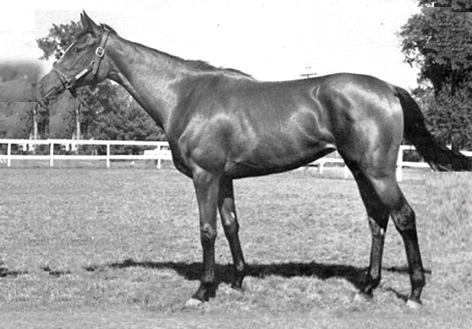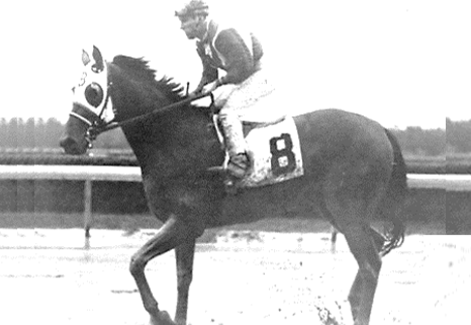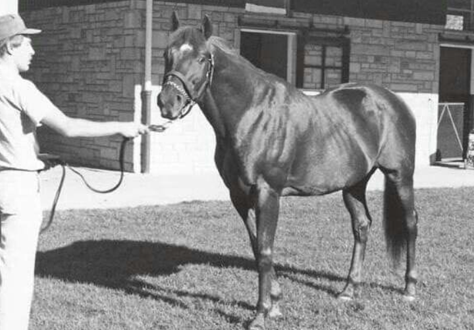The Four Two Year Old Champions of 1963
By: Walter Lazary /// March 2024
One hundred fifty years ago, in 1874, with American organized horse racing still in its infancy, Thoroughbred Heritage, an Independent Turf History Consortium, published a list of horses that they considered to be the champions of different age groups: Horse of the Year, Two-Year-Old Colts & Fillies, Three-Year-Old Colts & Fillies, and Handicap Horses and Mares Four-Years-Old & Up. Their picks were recognized as champions in the industry though many of these champions were chosen retrospectively.
In 1936, a BloodHorse Magazine panel was charged with naming the champions of these groups (and others) beginning in 1887 and extending through to 1935. These champions were then recognized by the National Museum of Racing and Hall of Fame in the biographies of its inductees.
Beginning in 1936 and extending through 1949, the Daily Racing Form (DRF) and the Turf and Sport Digest (TSD) published their own lists of champions for the different age groups, both of whom were universally recognized as champions. This changed in 1950 with the inclusion of a third party, the Thoroughbred Racing Association (TRA), and would be recognized by the Hall until 1971 when the Eclipse Awards were founded.
The Eclipse Awards were created by three independent bodies in 1971 to honor the sport’s champions. At the end of the year, the National Thoroughbred Racing Association, Daily Racing Form, and the National Turf Writers Association select the Eclipse Awards finalists. Those same voters then vote for any of the three finalists in each category.
Since the advent of the Eclipse Awards, there has only been one tie for the champion of one of the divisions: the Two-Year-Old Filly Division, when Candy Éclair and It’s in the Air were declared champions in 1978. This was not so before the Eclipse Awards were established when there were many ties because winners were based on who the individual voting bodies declared the winner, not total votes for each individual horse.
What was rare, however, was when there were ties for both colts and fillies in the same year. By my count, this happened six times in these three divisions, one of which was the Two-Year-Old Division in 1963.
In 1963, the major two-year-old races in the fall months in America were a battleground for the most promising colts and fillies. Winning events such as the Garden State Stakes and the Gardenia Stakes in New Jersey, the Champagne, Frizette, Matron, and Belmont Futurity in New York, the Arlington-Washington Futurity and the Arlington-Washington Lassie Stakes in Chicago, and the Selima Stakes and the Pimlico Futurity in Maryland, were the ultimate goals for those owners and trainers looking to win a divisional championship. The races were fiercely competitive, and it was a sight to behold when standouts like Man o’ War and Native Dancer and Twilight Tear and Bewitch emerged victorious, leaving no doubt as to who was best in their division.
Through much of the early part of 1963, there were two clear frontrunners for the champion colt and filly honors, Raise a Native and Tosmah. However, when Raise a Native had to retire after just four starts due to an injury, and Tosmah struggled as her races became longer, the divisions were thrown into a bit of a quandary. The situation was further complicated by the fact that no colt or filly could win more than one of those big races. Just when the competition seemed to be settling, Hurry to Market emerged, winning the Garden State Stakes and immediately putting himself into consideration for the two-year-old champion colt honors. Not to be outdone, the Wheatley Stable’s Castle Forbes made a stunning entry into the champion filly consideration when she won the Gardenia Stakes, leading all two-year-old fillies in earnings that year and even surpassing the colt division.
Here are the inspiring stories of these champions as we delve into their early careers and how they were ultimately voted co-champions of the two-year-old colt and filly divisions. Their journeys are a testament to their talent, resilience, and the thrill of horse racing.




